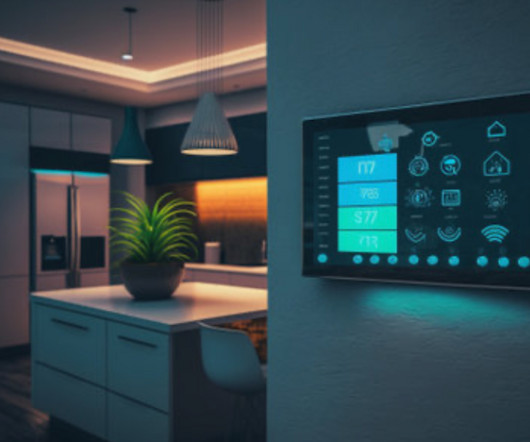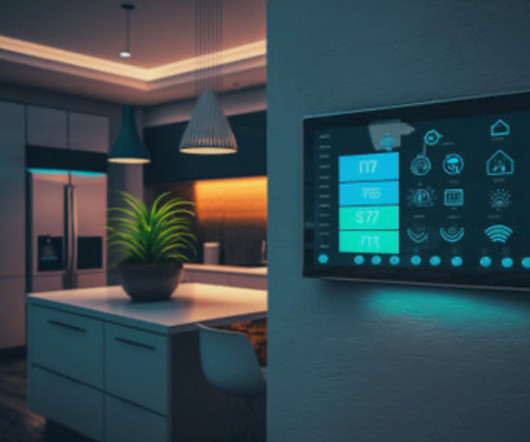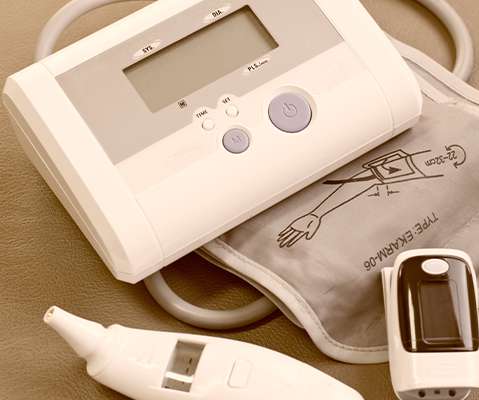The Evolution of Healthcare at Home, the Technology Driving this Change, and It’s Impact on the World of Healthcare
Healthcare IT Today
APRIL 19, 2024
That said, the last four years have demonstrated to us that patients will ultimately drive the need for advancements that ultimately move us towards adopting more efficient care delivery models and at scale. Improved level of care can be achieved by using both telemedicine and virtual care.













Let's personalize your content